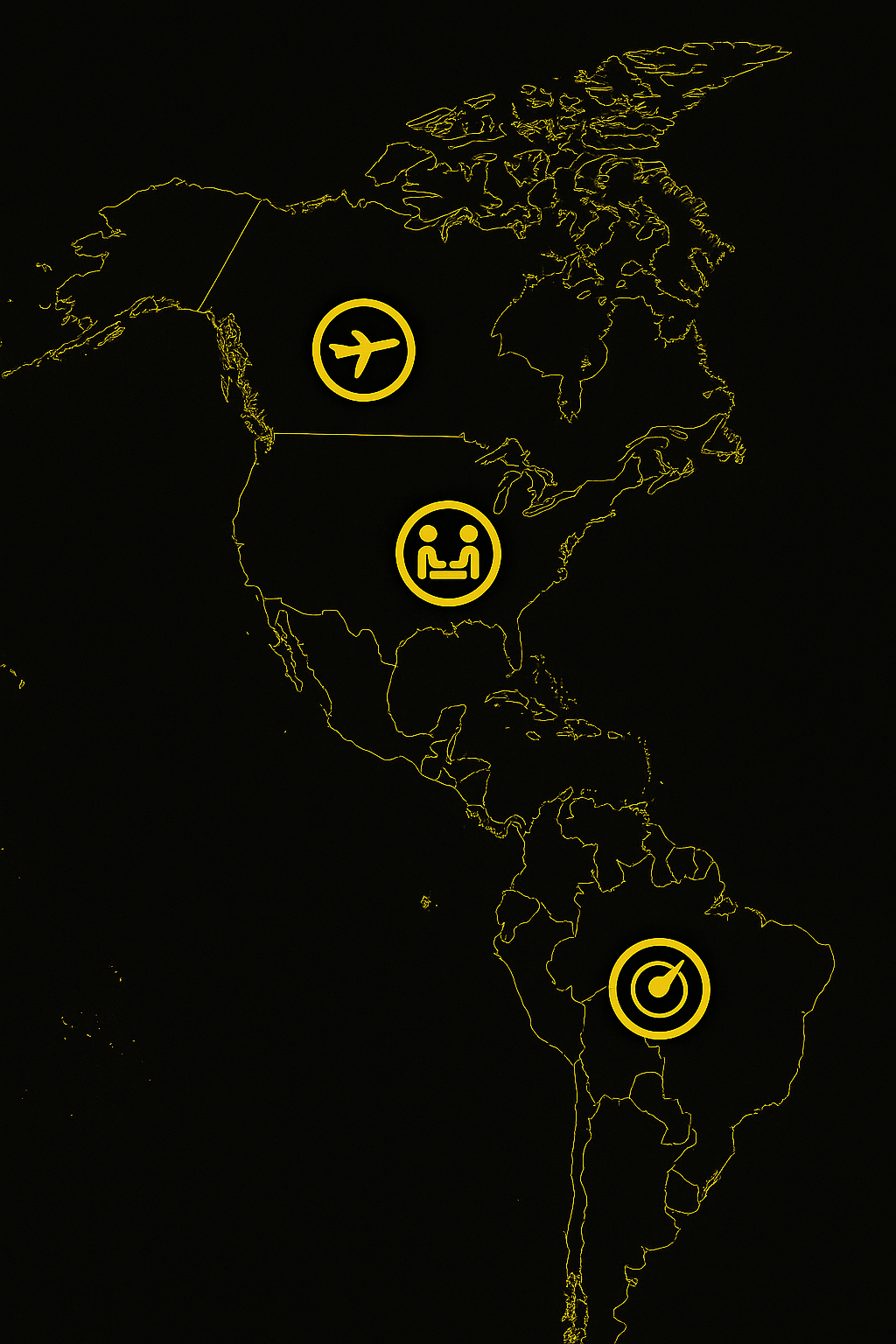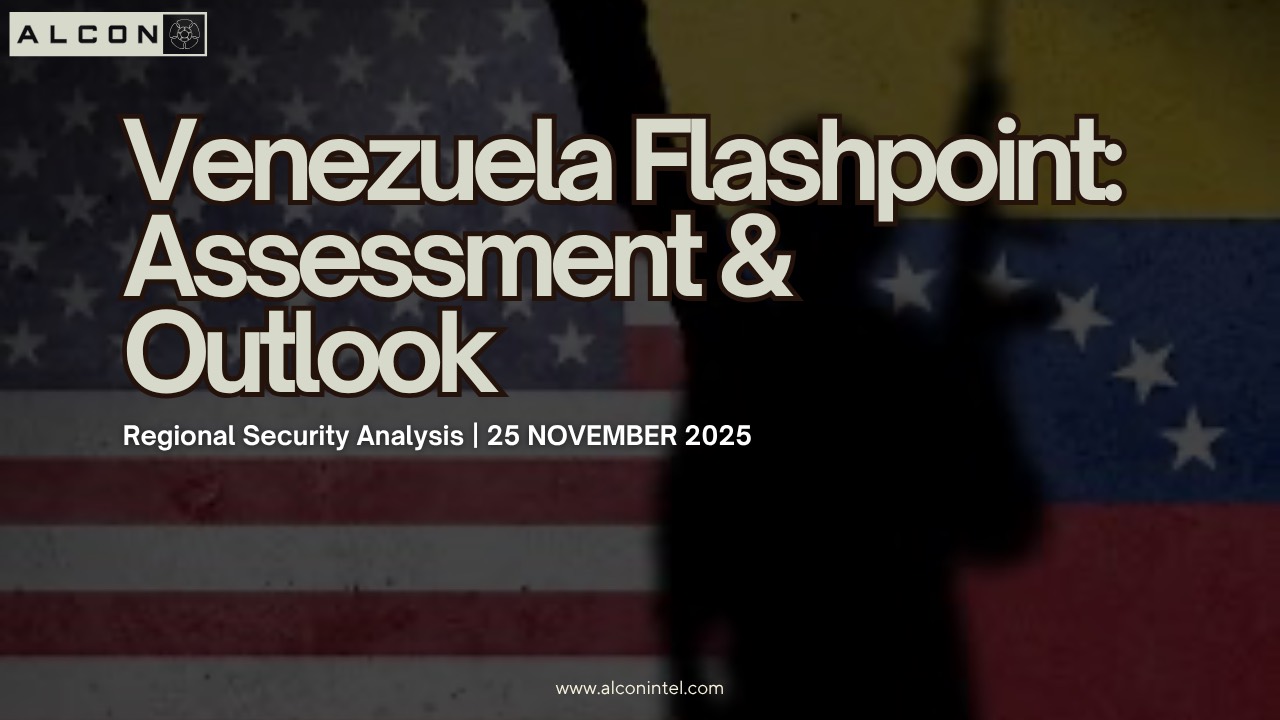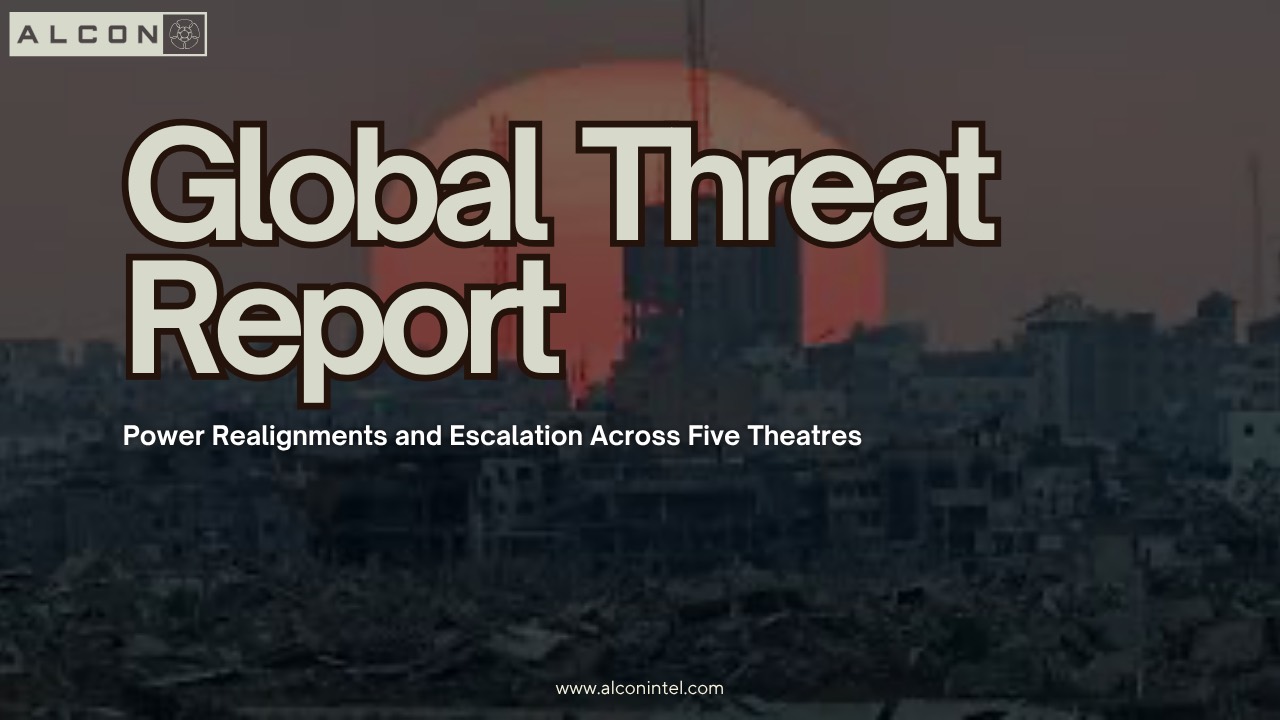Global Threat Report | 08 October 2026
Hi team,
Plenty is moving across the map this week. From PLA aircraft pushing deeper into Taiwan’s airspace to debates in Europe over Tomahawk transfers and a new wave of US counter-cartel strikes off Venezuela, each region is setting its own tempo. The pace of manoeuvre, policy, and messaging is quickening - and the indicators are clear if you know where to look.
Let's get into it.
Bottom Line Up Front
PLA pressure around Taiwan remains high as Taipei hardens its defences and signals growing alignment with Western partners. Europe faces heightened political and military friction, with arms-transfer debates, cross-border incidents, and economic measures reshaping the security picture. In the Americas, Washington has moved from warning to action against transnational criminal networks, broadening military authorities and reshaping regional dynamics.
Indo Pacific
PLA air and naval activity around Taiwan stayed intense through September, with open-source tallies noting hundreds of sorties crossing the median line and frequent PLAN movements. Taipei moved elite forces to Penghu, upgraded facilities, and highlighted detection and intercept concepts for PRC ballistic launches using the Tiengong-4 system. Officials showcased a fires posture built around fielded and incoming HIMARS, alongside existing MLRS, to create a distributed denial architecture.

Political signalling sharpened. President Lai stated Taiwan and China do not subordinate to each other, framed defence steps as non-provocative, and pointed to a path toward 5 percent of GDP in defence by 2030. Parallel moves in Northeast Asia suggested tighter DPRK coordination with Beijing and Moscow, including an upcoming senior PRC visit to Pyongyang and pro-Russia messaging from Pyongyang. Additional indicators included PLA live-fire training and DPRK naval optics.
Short-term outlook: PLA coercive activity is likely to persist or increase through October. Taiwan will almost certainly continue distributed force posture adjustments and public Tiengong-4 messaging. DPRK-PRC-Russia coordination is likely to generate additional signalling events; the risk of a localised incident around Penghu is possible.
Europe
Washington is weighing Tomahawk transfers to Ukraine while the Netherlands proceeds with a large Tomahawk purchase under an earlier US DSCA case. Moscow warned deliveries would be a serious escalation, with senior Russian figures threatening a decisive response. In parallel, EU capitals are considering measures to restrict intra-EU travel by Russian diplomats in response to suspected sabotage activity, as Hungary’s veto reportedly lifted while Austria raised objections.

France’s government crisis deepened after the prime minister’s resignation, with market pressure noted. Cross-border strikes and air incidents continued around Ukraine, and Greece reported Turkish air and FIR violations that prompted standard intercepts. Estonia plans to send 150 THeMIS ground robots to Ukraine with Dutch financing, while the IAEA acknowledged Russia’s notification of a Ukrainian drone incident at Novovoronezh NPP without safety impact. The European Commission is examining steep tariffs on global steel imports with implications for UK exporters.
Short-term outlook: A US decision to release Tomahawks is possible and would likely trigger Russian military-diplomatic retaliation. EU travel limits on Russian diplomats are likely to pass in some form, marginally raising friction. Cross-border strikes into energy and rail nodes are likely to persist through October; Greek-Turkish air incidents are likely to continue at a low level.
Americas
The United States signalled escalation against drug cartels with another maritime strike off Venezuela. Officials described lethal action against a vessel tied to designated terrorist organisations and warned operations will continue, while Southern Command highlighted F-35B counter-drug tasking. US media reported a notification to Congress framing the campaign as a non-international armed conflict with terrorist drug cartels.

Brazilian authorities exposed a long-running Russian espionage network and advanced investigations into identified operatives. Argentina opened a BSL-4 facility for high-risk pathogen research and training. El Salvador banned inclusive language in public education. Additional domestic notes included tech platform action related to ICE, protests near an ICE facility, and a National Guard deployment announcement for Chicago.
Short-term outlook: US maritime-air interdiction along the Venezuelan littoral is almost certain to continue, with a possible widening of target sets under the NIAC framing. Brazil is likely to intensify counterintelligence actions. Argentina’s BSL-4 will likely draw new partnerships and scrutiny. Perceived policy volatility could possibly accelerate Chinese outreach in parts of the region.
Closing
Clear signals across three theatres. Taiwan is hardening, Europe is juggling escalation risks and internal politics, and the United States is expanding interdiction authorities in the Caribbean. What are you watching most closely?





Responses